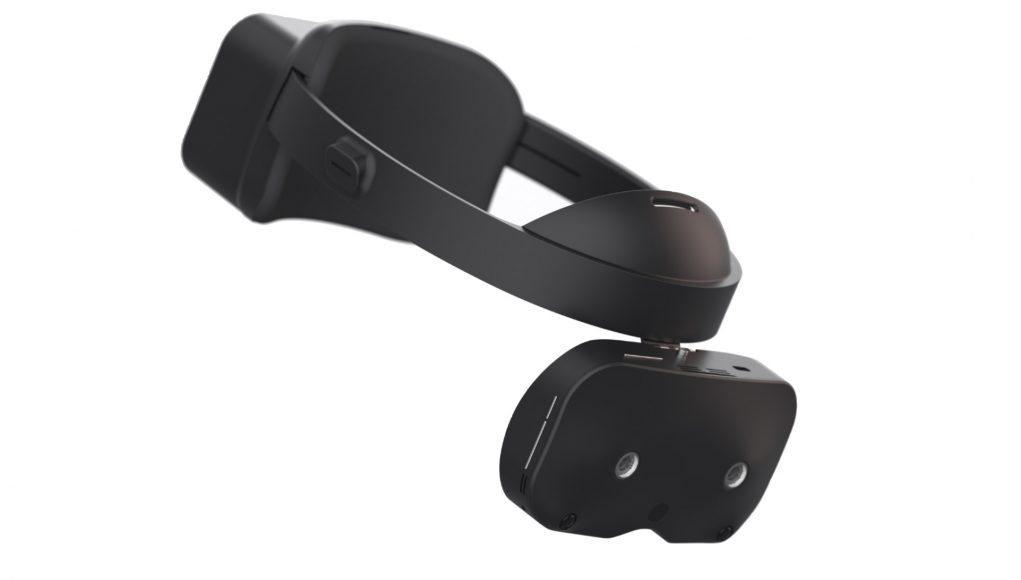Lynx R-1, the upcoming standalone MR headset, has been delayed to late 2020, but a new update from the company says they’re targeting a lower price and now including Ultraleap hand-tracking.
In a recent live-stream, Lynx founder Stan Larroque shared progress on the company’s upcoming MR headset which is being designed with AR-passthrough and VR capabilities in mind. The headset was first revealed earlier this year and said to include Snapdragon XR2, eye-tracking, and novel optics. The company expected the Lynx R-1 headset to begin shipping by the Summer, priced at $1,500, and had begun accepting partial deposit pre-orders.
As of this week, the company now says, a small batch of prototypes are being sent out to partners, but the first batch of production units won’t be shipped until late 2020. The Coronavirus pandemic was mentioned as one reason for the delay, which ultimately led the company to a redesign of the headset which was revealed back in July. Larroque said the company is expecting to lower the price of the Lynx R-1 but hasn’t confirmed the new price yet.
Larroque also shared that the headset will include Ultraleap ‘Gemini’ hand-tracking; the latest renders and prototypes of the Lynx R-1 now show a new spot on the front which he says is an infrared illuminator for the hand-tracking system. Ultraleap’s hand-tracking is recognized as perhaps the best commercially-available hand-tracking solution. It was also said that the company is evaluating controllers from Finch as a potential controller solution.
During the livestream the company showed a brief look at the unique displays used in Lynx R-1 and confirmed they are being made by JDI (Japan Display Inc.). Each eye of the headset will use one of the displays with a resolution of 1,600 × 1,600 @ 90Hz.
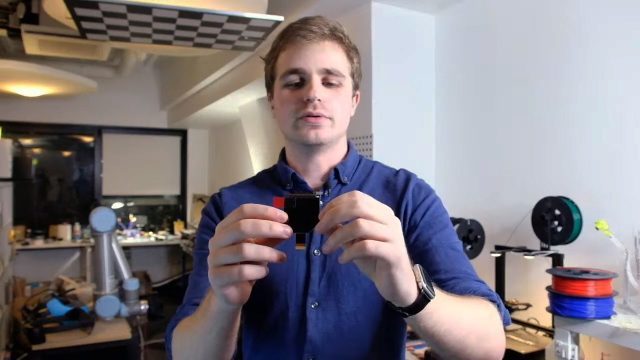
Atop the displays rests the Lynx R-1 lenses which are unique compared to other headsets available on the market today.
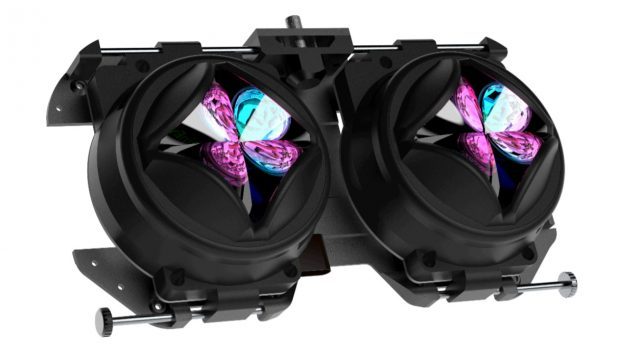
Larroque says the novel design allows the eye to come closer to the lens (to make the headset more compact overall) and for a hidden eye-tracking camera to be placed directly in the center of the lens for accurate eye-tracking. He showed a sample of the image distortion pattern which is used to counteract the distortion introduced by the lens.
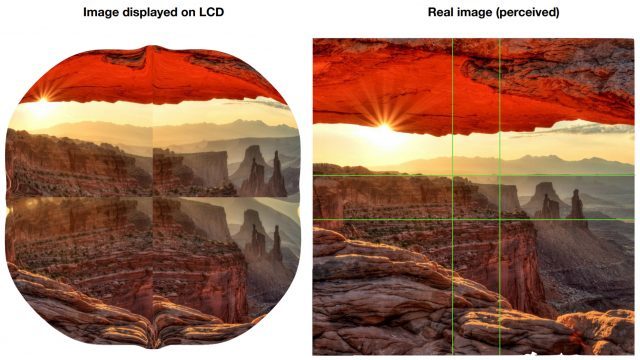
Because of the unique shape of the lens, Larroque says the headset’s resolution will be concentrated at the center of the lens and along the horizontal & vertical axes. We’re quite interested to see if the seams between each part of the lens will be well hidden or not.
Larroque further confirmed a handful of other Lynx R-1 details, including the size of the battery at 8600mAh, which the company expects will last for “four hours of intense use.” The headset will also include hidden magnets around both pass-through cameras so that optical add-ons can be easily attached; the company plans to release the 3D files needed to design add-ons that would correctly fit with the magnets and the shape of the headset’s faceplate.
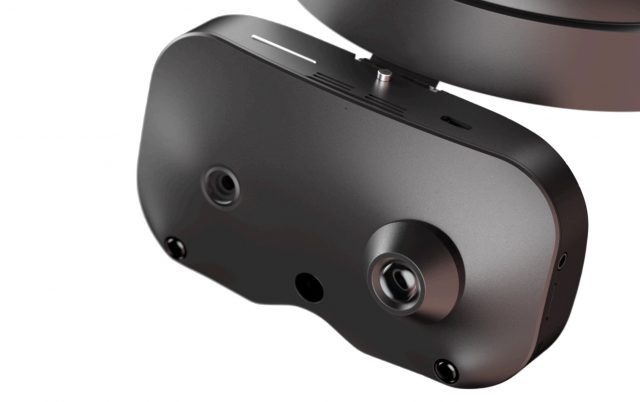
The company says it’s also working on a special variant of the Lynx headset which has HDR pass-through cameras for firefighters and other niche use-cases which involve environments with extreme brightness and contrast.
On the software side, Larroque affirmed that the headset is built on Android 10, and the company is presently working on building an open-source launcher with sample apps for the headset. Lynx is aiming to support OpenXR and Unity as a development environment (ostensibly Unreal Engine 4 would work equally well once OpenXR implementations are tested and complete). According to the company, developers will be able to access the raw point-cloud of the headset’s 6DOF tracking API, along with plane detection and depth mapping.
While the Lynx R-1 is a standalone headset powered by Snapdragon XR2, Larroque confirmed it will support apps running on PC hardware via remote rendering which can be sent to the headset via USB-C or WiFi 6. He also said the headset’s pass-through latency is expected to fall between 12 and 15 milliseconds.
Lynx is planning another update next month in which it plans to show some ‘through the lens’ footage.

